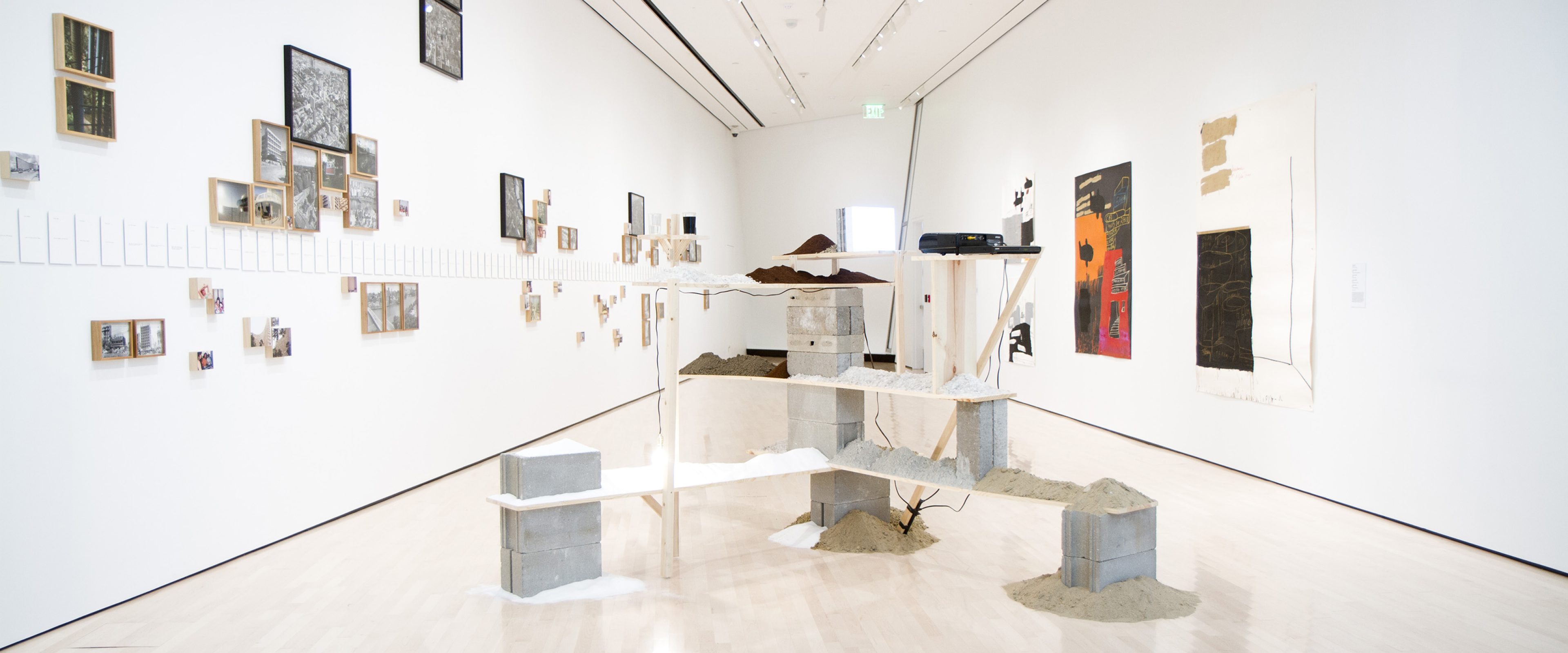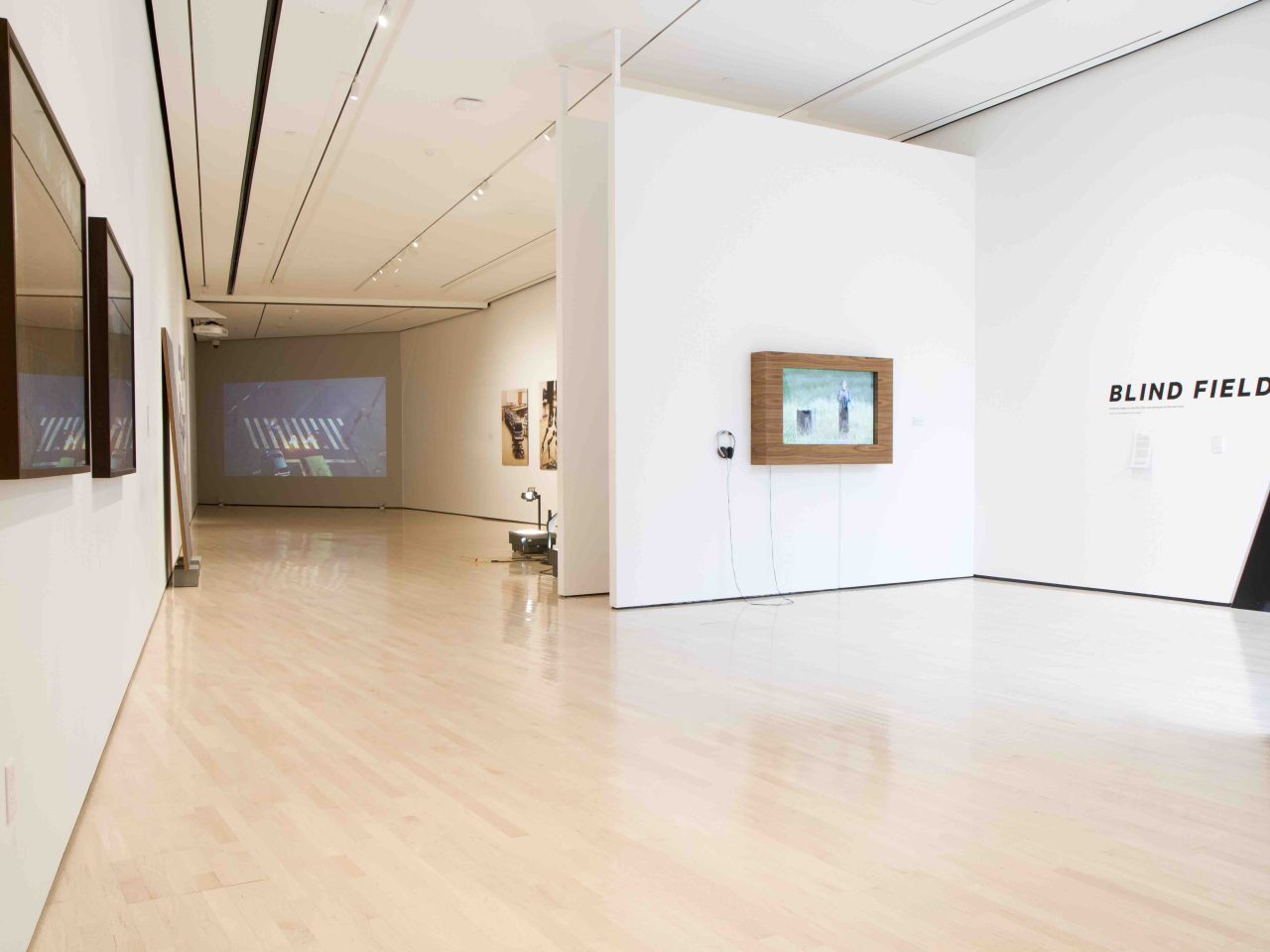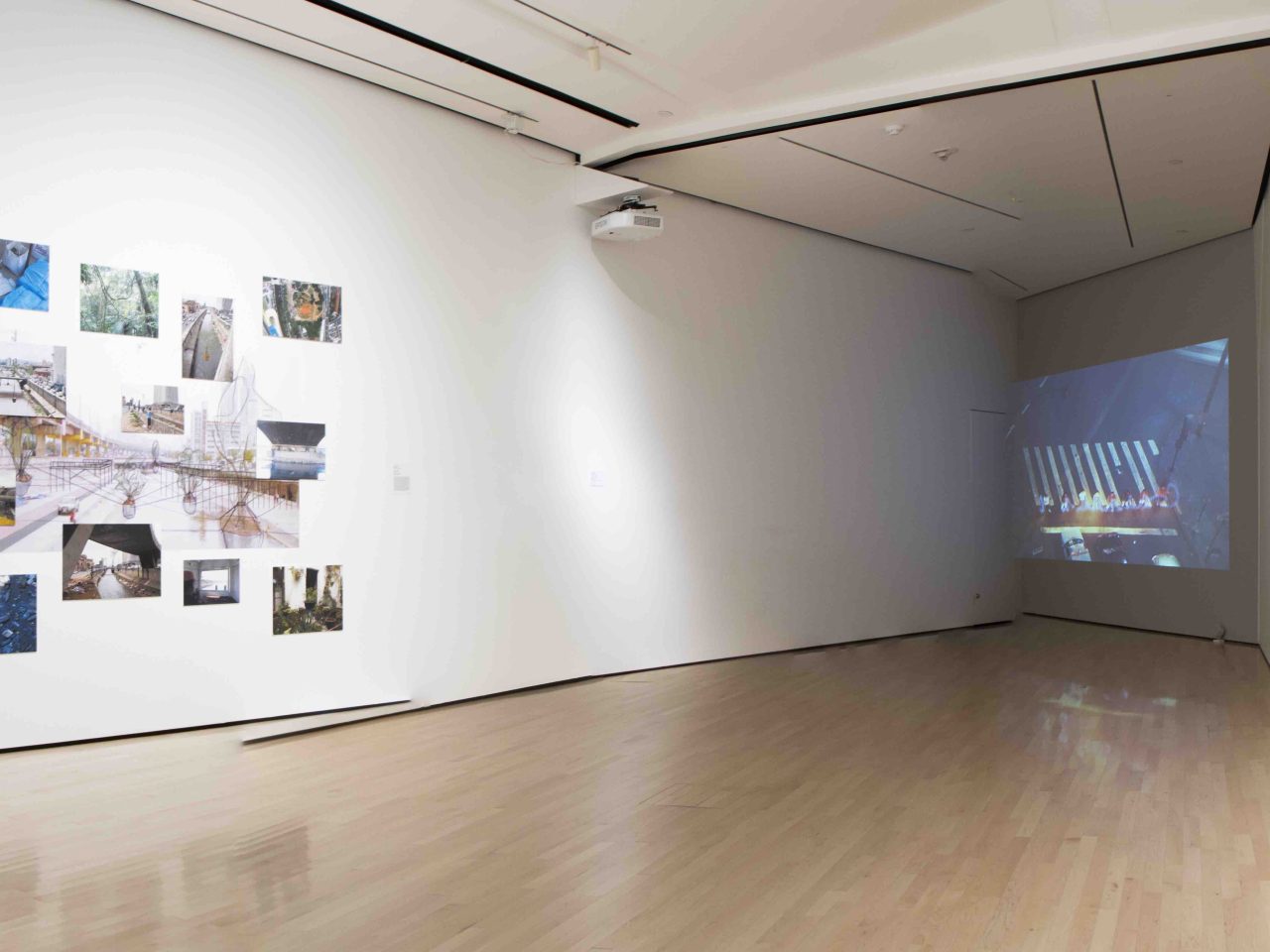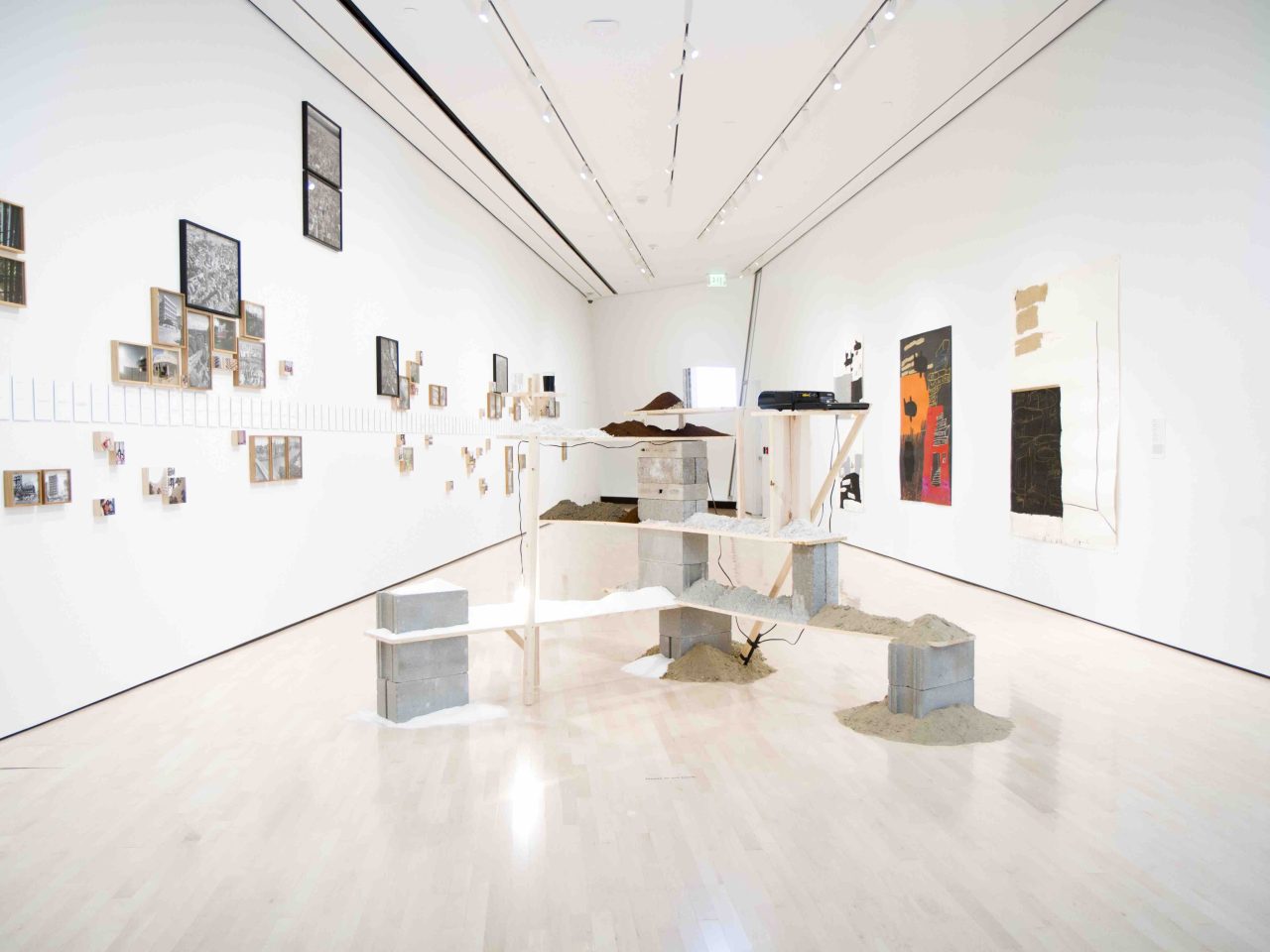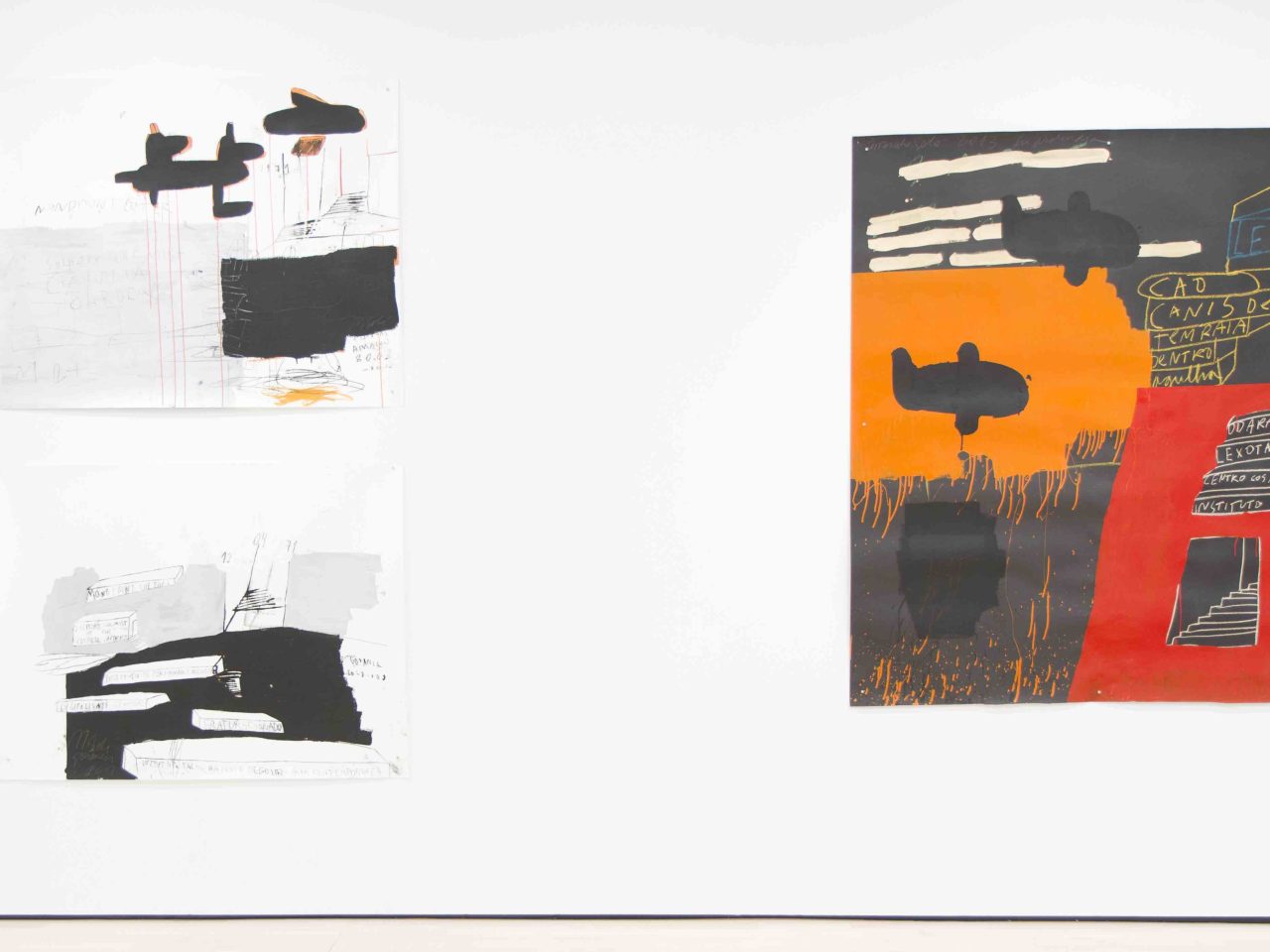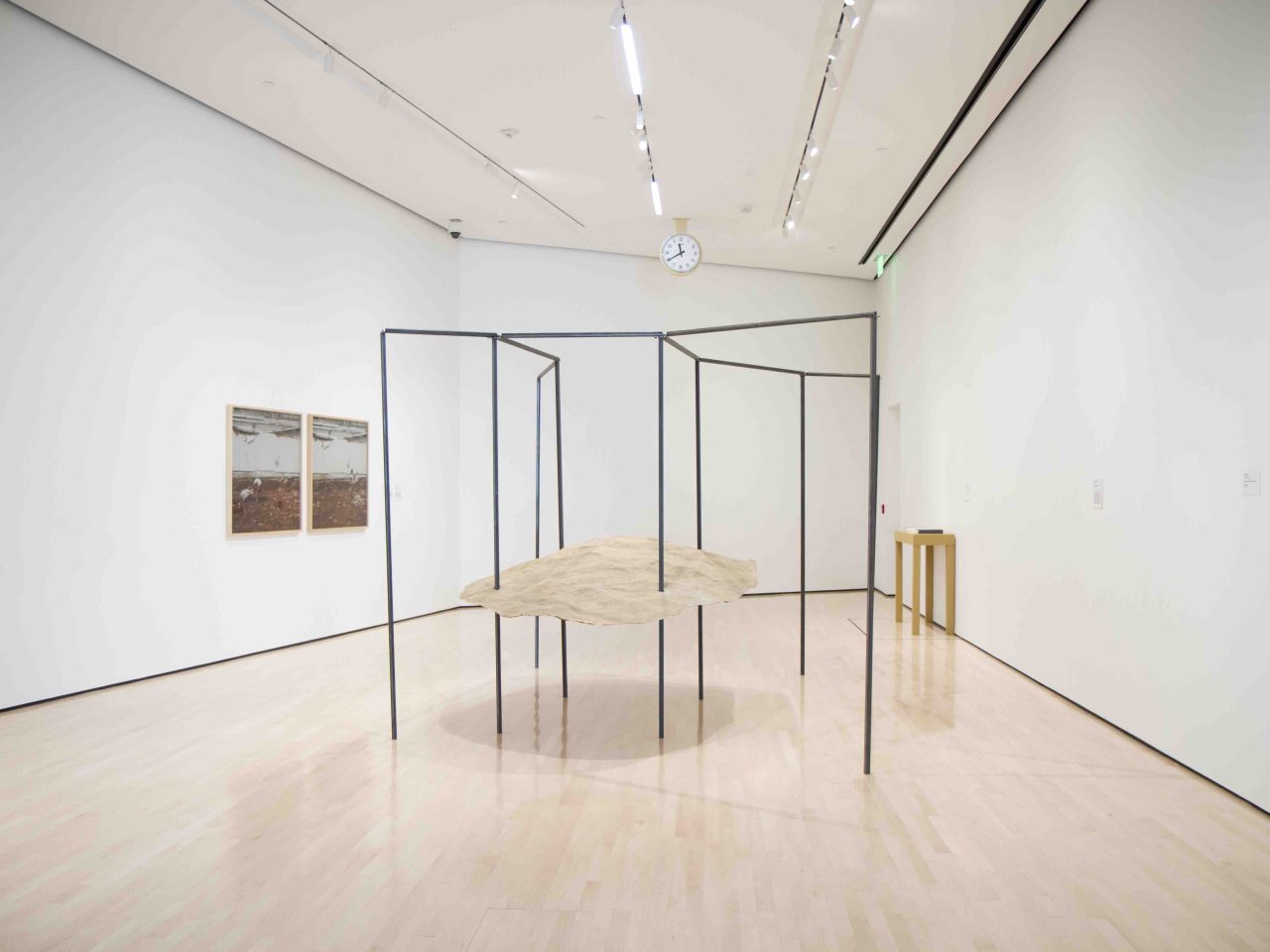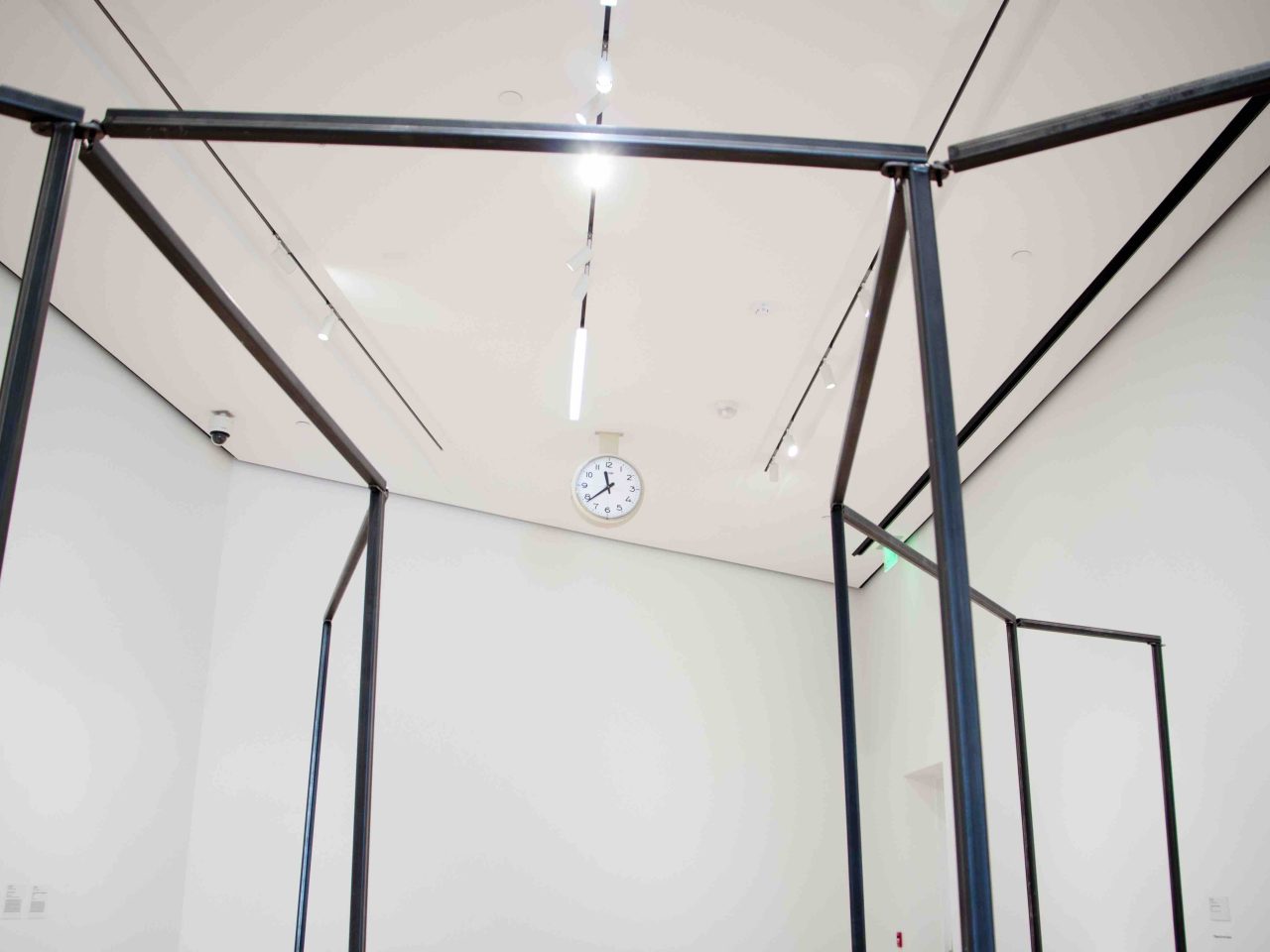Blind Field is curated by Tumelo Mosaka and Irene Small and organized by the Krannert Art Museum at the University of Illinois at Urbana-Champaign. Sponsored in part by Office of the Provost and Vice-Chancellor for Academic Affairs, U of I; the Francis P. Rohlen Visiting Artists Fund/College of Fine and Applied Arts, U of I; Lemann Institute for Brazilian Studies, U of I; College of Fine and Applied Arts Creative Research Award, U of I; Consulate General of Brazil in Chicago; Fox Development Corporation; the Illinois Arts Council, a state agency; School of Art + Design Visitors Fund, U of I; Jerrold Ziff Lecture on Modern Art, and Krannert Art Museum.
About the Exhibition
Brazil has long been called “the country of the future.” This exhibition focuses on a young generation of twenty-one artists working in Brazil who offer a critical perspective on processes of transition within contemporary society, be it from the public space of the street to the virtual zone of the computer screen, or the scale of local communities to the structure of large-scale political action. From the dramatic construction of the ultramodern capital of Brasília in the late 1950s to the country’s status as an emerging economic powerhouse in the 21st century, Brazilian national identity is inextricably intertwined with the idea of potentiality or promise and possibility. Yet the Brazilian saying from which this idea derives is more complex, for it suggests that the notion of potentiality is itself something of a mirage, an illusion that blinds its citizens to the reality of present day constraints. In 1970, the French sociologist and philosopher Henri Lefebvre described the “blind field” as a particular experience of urban existence, in which the culturally or politically constructed concept of a place obscures the actual experience of daily life. The work in this exhibition builds a portrait of a nationalistic disconnect between idealism and the mundane. Blind Field powerfully examines the way in which the obstruction of perception can illuminate alternate modes of knowledge and experience. Together, these works convey the complexity and heterogeneity of an art milieu that is at once tied to a specifically Brazilian experience, but is manifestly global in reach, reminding viewers of the constant cultural messages that impact the way we see our world.
